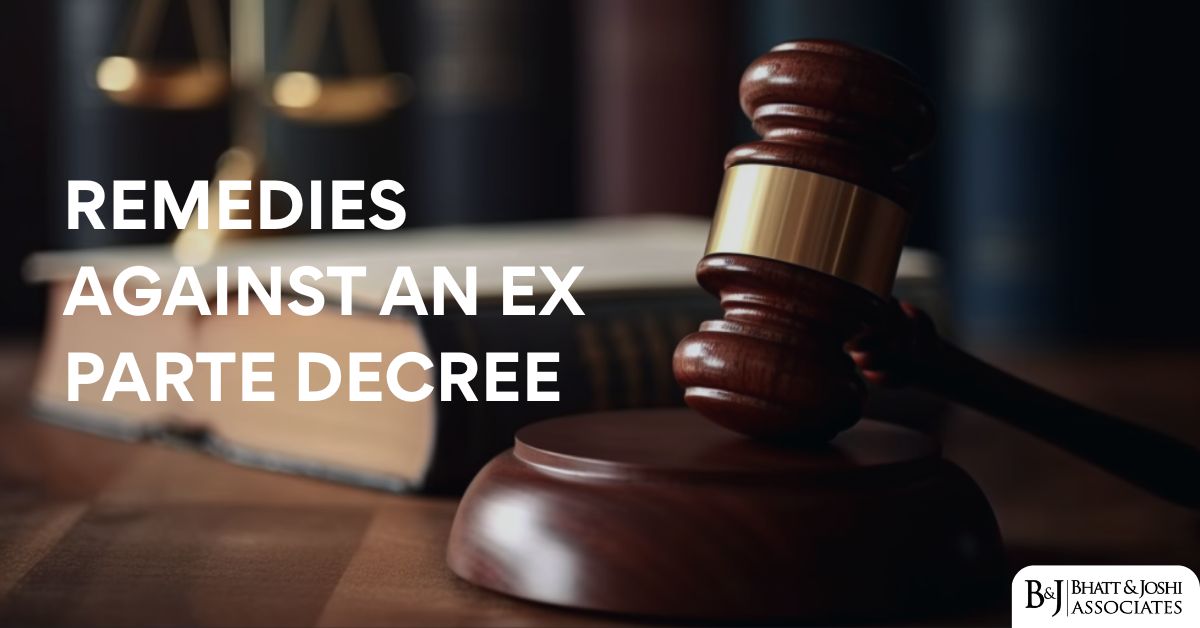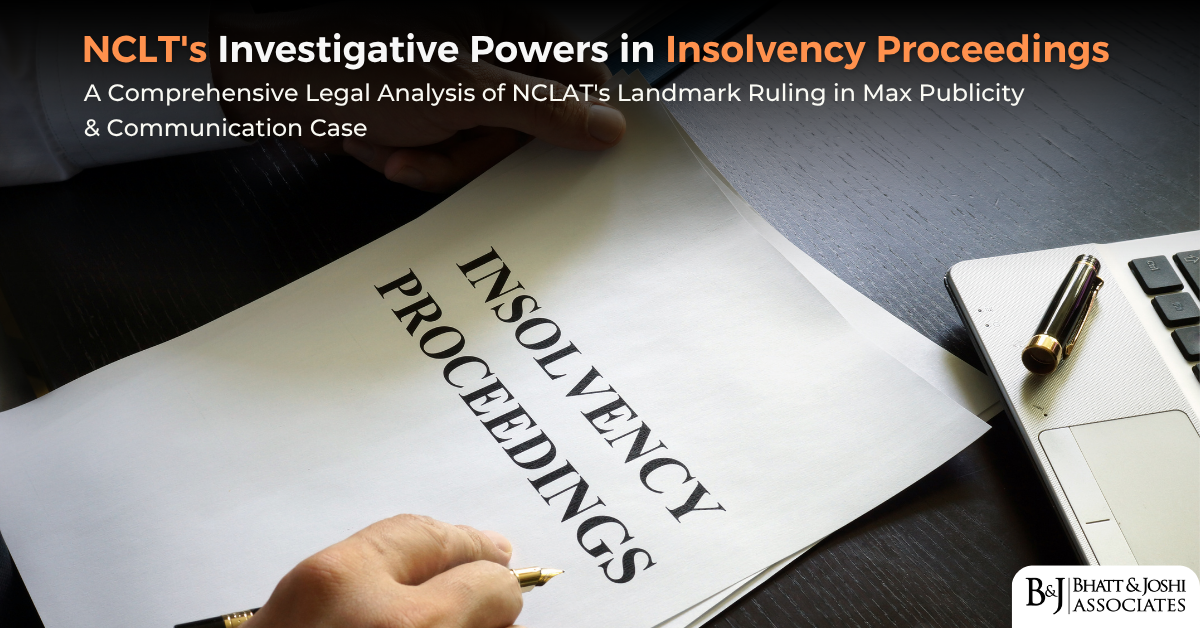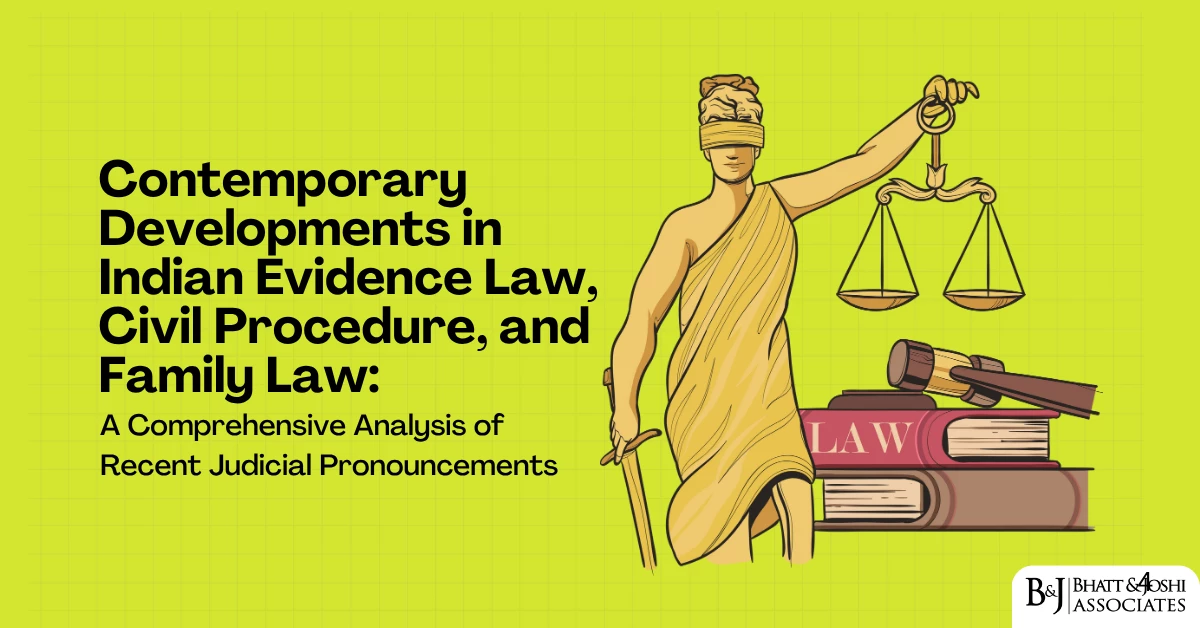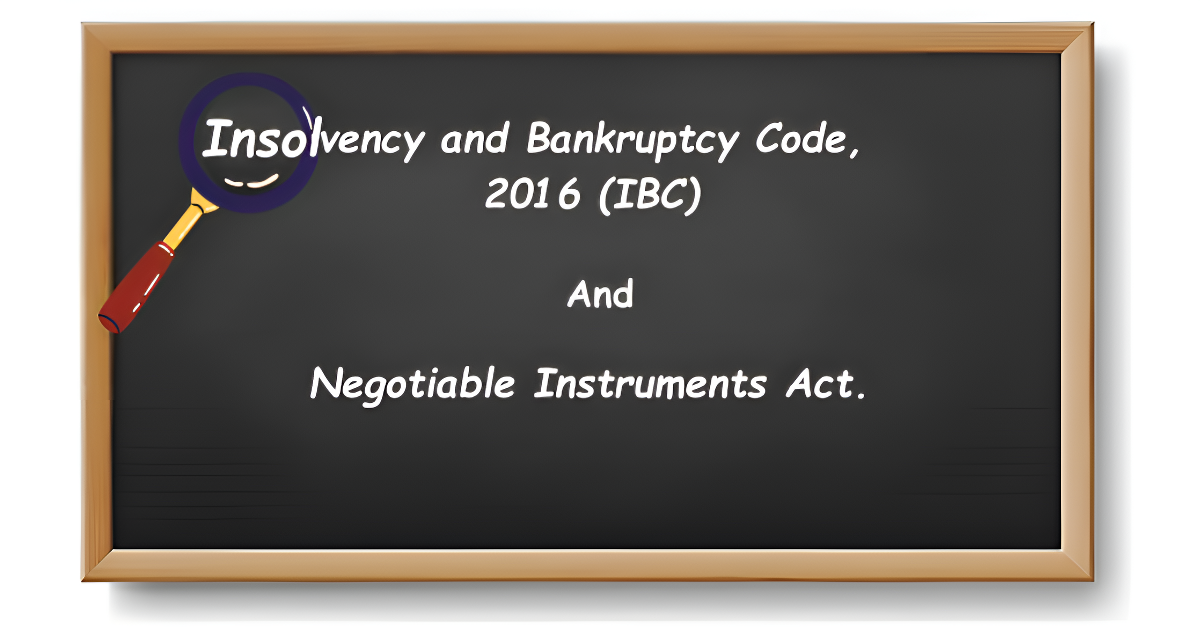Introduction
The principle of natural justice, encapsulated in the Latin maxim “Audi Alteram Partem” (hear both sides), forms the cornerstone of our legal system. However, judicial administration sometimes necessitates proceeding without the presence of all parties. When a defendant fails to appear before the court after being duly served with summons, the court may proceed ex parte and pass a decree in their absence. An ex parte decree represents a fundamental departure from the general rule that adjudication should occur in the presence of both parties, yet it serves an essential function in preventing the deliberate obstruction of justice through non-appearance [1]. Under the Civil Procedure Code, 1908 (CPC), an ex parte decree is defined as a decree passed by the court in the absence of the defendant when the plaintiff appears but the defendant does not appear after being duly served with summons. The legal framework governing ex parte proceedings is primarily contained in Order 9 of the CPC, which comprehensively addresses the appearance and non-appearance of parties before the court [2]. The judicial system recognizes that defendants may have legitimate reasons for their non-appearance, ranging from improper service of summons to unavoidable circumstances beyond their control. Consequently, the CPC provides multiple remedies against ex parte decrees, ensuring that the rights of defendants are protected while maintaining the efficiency of judicial proceedings.
Understanding Ex Parte Decrees
Definition and Legal Framework
According to Section 2(2) of the Civil Procedure Code, 1908, a decree means “the formal expression of an adjudication which, so far as regards the Court expressing it, conclusively determines the rights of the parties with regard to all or any of the matters in controversy in the suit” [3]. An ex parte decree, therefore, represents such an adjudication made in the absence of one party, typically the defendant.
Order 9 Rule 6 of the CPC specifically empowers courts to proceed ex parte when the plaintiff appears and the defendant fails to appear after being duly served with summons. The provision states that if the defendant does not appear on the day fixed in the summons for their appearance and answer, and it is proved that the summons was duly served in sufficient time to enable them to appear, the court may proceed to hear the suit ex parte and pass a decree accordingly [4].
Conditions for Passing Ex Parte Decrees
The court’s power to pass an ex parte decree is not absolute and must satisfy certain statutory conditions. These conditions, as established under Order 9 Rule 6 of the CPC, include:
The plaintiff must appear on the scheduled date of hearing while the defendant fails to appear. Proper service of summons must be proved to the court’s satisfaction, demonstrating that the defendant received adequate notice of the proceedings. The summons must have been served with sufficient time to enable the defendant to appear and respond to the suit. The court must be satisfied that the defendant’s non-appearance is not due to any defect in the service of process [5].
Types of Ex Parte Decrees
Ex parte decrees can be categorized into different types based on their nature and scope. Preliminary ex parte decrees are passed when further proceedings are required before the suit can be completely disposed of, while final ex parte decrees represent the complete adjudication of all matters in controversy. The distinction becomes crucial when determining the appropriate remedy and the procedural requirements for challenging such decrees [6].
Comprehensive Analysis of Remedies Against Ex Parte Decrees
The Civil Procedure Code provides multiple remedies to defendants against whom ex parte decrees have been passed. These remedies are designed to balance the need for judicial efficiency with the fundamental right to be heard. Each remedy serves a specific purpose and operates under distinct procedural frameworks and limitations.
Application Under Order 9 Rule 13 of the CPC
Legal Provisions and Requirements
Order 9 Rule 13 of the CPC represents the primary and most commonly utilized remedy for challenging ex parte decrees. The provision empowers defendants to apply to the same court that passed the ex parte decree for an order to set it aside. The complete text of Order 9 Rule 13 states:
“In any case in which a decree is passed ex parte against a defendant, he may apply to the Court by which the decree was passed for an order to set it aside; and if he satisfies the Court that the summons was not duly served, or that he was prevented by any sufficient cause from appearing when the suit was called on for hearing, the Court shall make an order setting aside the decree as against him upon such terms as to costs, payment into Court or otherwise as it thinks fit, and shall appoint a day for proceeding with the suit” [7].
Grounds for Setting Aside Ex Parte Decrees
The statute prescribes two primary grounds upon which an ex parte decree may be set aside. The first ground relates to improper service of summons, where the defendant must demonstrate that the summons was not duly served according to the prescribed procedures under the CPC. This ground recognizes that due process requires proper notice to the defendant before any adverse order can be passed against them [8].
The second ground encompasses situations where the defendant was prevented by sufficient cause from appearing when the suit was called for hearing. The concept of “sufficient cause” has been extensively interpreted by Indian courts and generally includes circumstances such as illness, unavoidable emergencies, natural calamities, or other compelling reasons that prevented the defendant from appearing in court [9].
Judicial Interpretation of “Sufficient Cause”
The Supreme Court in Parimal v. Veena @ Bharti (2011) clarified that “sufficient cause” means the defendant did not act negligently and genuinely intended to be present when the case was scheduled for hearing, having used their best efforts to do so. The Court emphasized that the defendant must demonstrate diligence and good faith in their attempt to participate in the proceedings [10].
In G.P. Srivastava v. Shri R.K. Raizada & Ors. (2000), the Court established that to set aside an ex parte order, it is crucial for the party seeking relief to establish a “sufficient cause” for their non-appearance on the fixed date. The burden of proof lies on the defendant to demonstrate that their absence was justified by circumstances beyond their reasonable control [11].
Procedural Requirements and Limitations
Applications under Order 9 Rule 13 must be filed within the prescribed limitation period of 30 days from the date of knowledge of the ex parte decree. The Supreme Court in Gauhati University v. Shri Niharlal Bhattacharjee (1995) held that when summons were not properly served, the limitation period begins from when the appellant becomes aware of the ex parte decree, not from the date of its passing [12].
The court possesses discretionary power to impose terms and conditions while setting aside ex parte decrees. These terms may include payment of costs, depositing money into court, or providing security for future proceedings. However, the Supreme Court has held that such conditions should not be so onerous as to place the defendant in a worse position than if they had not approached the court for relief [13].
Appeal Under Section 96(2) of the CPC
Statutory Framework for Appeals
Section 96(2) of the Civil Procedure Code explicitly provides that “an appeal may lie from an original decree passed ex parte.” This provision grants defendants a statutory right to challenge ex parte decrees before higher courts without first exhausting remedies under Order 9 Rule 13. The right to appeal represents a substantive statutory right that cannot be curtailed except by express legislative provision [14].
The Supreme Court in Bhanu Kumar Jain v. Archana Kumar & Anr (2004) emphasized that defendants possess the right to question the correctness of ex parte decrees through first appeals as a statutory right. The Court observed that such rights shall not be curtailed nor shall any embargo be imposed upon them unless the statute expressly or by necessary implication provides otherwise [15].
Concurrent Remedies
One significant aspect of challenging ex parte decrees is that defendants may simultaneously pursue both applications under Order 9 Rule 13 and appeals under Section 96(2). The Supreme Court has established that there is no statutory bar preventing defendants from availing both remedies simultaneously, as the right of appeal under statute cannot be taken away unless contrary to other statutory provisions [16].
However, if an appeal against an ex parte decree is dismissed, the explanation appended to Order 9 Rule 13 prevents the defendant from subsequently applying for setting aside the decree under that provision. This limitation ensures that defendants cannot endlessly challenge the same decree through multiple proceedings [17].
Appellate Procedure and Considerations
Appeals against ex parte decrees must be filed within the prescribed limitation period and comply with the procedural requirements under Order 41 of the CPC. The appellate court has the power to examine both questions of law and fact, and may confirm, reverse, or modify the ex parte decree based on the merits of the case [18].
Revision Under Section 115 of the CPC
Scope and Limitations of Revisional Jurisdiction
Section 115 of the CPC empowers High Courts to call for records of cases decided by subordinate courts and examine whether such courts have exercised jurisdiction not vested in them by law, failed to exercise jurisdiction so vested, or acted in the exercise of jurisdiction illegally or with material irregularity. However, the applicability of revisional jurisdiction to ex parte decrees has been significantly restricted by recent judicial pronouncements [19].
The Supreme Court in Koushik Mutually Aided Cooperative Housing Society v. Ameena Begum (2024) definitively held that revision petitions under Section 115 of the CPC are not maintainable against orders dismissing applications filed under Order 9 Rule 13 for setting aside ex parte decrees. The Court observed: “When there is an express provision available under the CPC for appeal, by-passing the same, a Revision Petition cannot be filed” [20].
Recent Judicial Developments
The Supreme Court has consistently held that when alternative appellate remedies are available under the CPC, resort to revisional jurisdiction is not appropriate. In cases where applications under Order 9 Rule 13 are dismissed, the proper remedy lies in appeals under Order 43 Rule 1(d) of the CPC, rather than revision petitions. This position reflects the hierarchical structure of remedies envisioned by the procedural law [21].
Review Under Order 47 Rule 1 of the CPC
Grounds for Review
Order 47 Rule 1 of the CPC provides for review of judgments and decrees by the same court that passed them. The provision allows any person considering themselves aggrieved by a decree or order to apply for review on specific grounds, including discovery of new and important matter or evidence, mistake or error apparent on the face of the record, or any other sufficient reason [22].
For ex parte decrees, review applications may be maintainable if the applicant can demonstrate that the decree was passed based on errors apparent on the face of the record or if new evidence has been discovered that could not have been produced earlier despite due diligence. However, the scope of review is limited and cannot be used as a substitute for appeal [23].
Judicial Constraints on Review Power
The Supreme Court has consistently held that review proceedings are not by way of appeal and must be strictly confined to the scope and ambit of Order 47 Rule 1. In Scope and Extent of Review Jurisdiction cases, the Court has emphasized that review cannot be used to re-argue questions already decided or to correct mere errors of law or fact [24].
Suit for Setting Aside Decree on Ground of Fraud
Legal Framework for Fraud-Based Challenges
In exceptional circumstances where an ex parte decree has been obtained through fraud, defendants may file a regular suit to set aside such decree. This remedy, though not explicitly provided in the CPC, has been recognized by courts as necessary to prevent abuse of the legal process and ensure substantial justice [25].
The Supreme Court in various decisions has acknowledged that while ordinarily a suit to set aside an ex parte decree cannot be filed, such a suit may be maintainable when the decree was obtained through fraud. The fraud must be such that it goes to the root of the matter and vitiates the entire proceedings [26].
Elements and Proof of Fraud
For a successful suit based on fraud, the plaintiff must establish that the original decree was obtained through deliberate misrepresentation or concealment of material facts. Mere non-service of summons or falsity of claim alone cannot constitute sufficient grounds for fraud, but when combined with other elements of deception, they may support a finding of fraud [27].
The courts have held that fraud must be specifically pleaded and proved, and the standard of proof is higher than in ordinary civil matters. The fraud must be such that it prevented the defendant from effectively participating in the original proceedings or materially affected the outcome of the case [28].
Comparative Analysis of Remedies
Advantages and Limitations
Remedies against ex parte decrees possess distinct advantages and limitations that influence their strategic use in litigation. Applications under Order 9 Rule 13 offer the advantage of being heard by the same court that passed the original decree, potentially leading to faster resolution. However, they are subject to strict time limitations and require satisfaction of specific statutory grounds [29].
Appeals under Section 96(2) provide comprehensive review of both law and facts but involve longer procedural timelines and higher costs. The appellate process ensures thorough examination of the case but may delay resolution significantly. Revision petitions, while theoretically available, have been substantially restricted by recent judicial pronouncements [30].
Review applications offer limited scope and are available only in exceptional circumstances. Suits for setting aside decrees based on fraud represent the most comprehensive remedy but require establishment of fraud to the court’s satisfaction, which can be challenging and time-consuming [31].
Strategic Considerations
The choice of remedy depends on various factors including the grounds available for challenge, the urgency of the matter, the resources available to the defendant, and the likelihood of success. In many cases, defendants may need to pursue multiple remedies simultaneously or sequentially to ensure comprehensive protection of their rights [32].
Recent Judicial Developments and Evolving Jurisprudence
Supreme Court Pronouncements
Recent Supreme Court decisions have significantly clarified the scope and limitations of various remedies against ex parte decrees. The Court has emphasized the need to prevent abuse of the legal process while ensuring that genuine cases of injustice are adequately addressed through appropriate remedial mechanisms [33].
In several recent cases, the Supreme Court has reiterated that the choice of remedy must be guided by the specific circumstances of each case and the availability of alternative forums. The Court has discouraged forum shopping and emphasized the need for litigants to pursue appropriate remedies in the correct sequence [34].
Impact on Legal Practice
These developments have significant implications for legal practice, requiring practitioners to carefully evaluate the available options and choose the most appropriate remedy based on the specific facts and circumstances of each case. The trend toward restricting revisional jurisdiction has enhanced the importance of timely and well-prepared applications under Order 9 Rule 13 and appeals under Section 96(2) [35].
Conclusion and Recommendations
The framework of remedies against ex parte decrees under Indian civil procedure law represents a carefully balanced system designed to protect the rights of defendants while maintaining judicial efficiency. The multiple avenues for challenge ensure that genuine cases of injustice can be addressed while preventing abuse of the legal process [36].
The recent judicial trend toward restricting revisional jurisdiction and emphasizing the use of appropriate appellate remedies reflects the courts’ commitment to maintaining the hierarchical structure of the legal system. This development requires practitioners to be more strategic in their choice of remedies and more diligent in preparing their cases [37].
For effective utilization of these remedies against ex parte decrees, defendants must act promptly within prescribed limitation periods, prepare comprehensive documentation supporting their grounds for challenge, and choose the most appropriate forum based on the specific circumstances of their case. The evolving jurisprudence in this area continues to refine the balance between individual rights and institutional efficiency in the administration of justice [38].
References
[1] Order 9 Rule 6, Civil Procedure Code, 1908. Available at: https://www.writinglaw.com/order-9-rule-13-cpc/
[2] Dhrishti Judiciary, “Ex Parte Decree in CPC.” Available at: https://www.drishtijudiciary.com/to-the-point/ttp-code-of-civil-procedure/ex-parte-decree
[3] Section 2(2), Civil Procedure Code, 1908. Available at: https://www.indiacode.nic.in/bitstream/123456789/2191/1/A1908-05.pdf
[4] iPleaders Blog, “Order 9 Rule 13 CPC, 1908.” Available at: https://blog.ipleaders.in/order-9-rule-13-cpc-1908/
[5] H.K. Law Offices, “Order IX Rule 13 CPC-Setting Aside Ex-Parte Decree.” Available at: https://hklawoffices.in/2022/06/05/order-ix-rule-13-cpc-setting-aside-ex-parte-decree/
[6] LiveLaw, “‘Some’ Defendants Ex Parte: A Procedural Saga Of Order IX Rule 11.” Available at: https://www.livelaw.in/columns/defendant-civil-procedure-code-ex-parte-order-ix-plaintiff-decree-218636
[7] WritingLaw, “Order 9, Rule 13 CPC – Setting aside decrees ex parte.” Available at: https://www.writinglaw.com/order-9-rule-13-cpc/
[8] Contract Easily, “Application Under Order 9 Rule 13 CPC.” Available at: https://contracteasily.com/legal-documents/view/document/application-under-order-9-rule-13-cpc-for-setting-aside-ex-parte-decree-1206/
[9] Parimal v. Veena @ Bharti (2011), as cited in Law Bhoomi, “Setting Aside of an ex-parte Order.” Available at: https://lawbhoomi.com/setting-aside-of-an-ex-parte-order/
[10] Ibid.
[11] G.P. Srivastava v. Shri R.K. Raizada & Ors. (2000), as cited in Law Bhoomi, “Setting Aside of an ex-parte Order.”
[12] Gauhati University v. Shri Niharlal Bhattacharjee (1995), as cited in iPleaders Blog, “Order 9 Rule 13 CPC, 1908.”
[13] LawTeacher.net, “‘Ex Parte Decree’ Provisions within the Code of Civil Procedure.” Available at: https://www.lawteacher.net/free-law-essays/administrative-law/passing-of-the-ex-parte-decree-administrative-law-essay.php
[14] Section 96(2), Civil Procedure Code, 1908. Available at: https://lawrato.com/indian-kanoon/cpc/section-96
[15] Bhanu Kumar Jain v. Archana Kumar & Anr (2004), as cited in Dhrishti Judiciary, “Ex Parte Decree.”
[16] LawTeacher.net, “‘Ex Parte Decree’ Provisions within the Code of Civil Procedure.”
[17] Explanation to Order 9 Rule 13, Civil Procedure Code, 1908.
PDF Links to Full Judgments
- https://bhattandjoshiassociates.s3.ap-south-1.amazonaws.com/judgements/190805.pdf
- https://bhattandjoshiassociates.s3.ap-south-1.amazonaws.com/judgements/Bhanu_Kumar_Jain_vs_Archana_Kumar_Anr_on_17_December_2004.PDF














